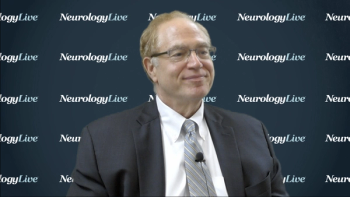
The director of the Montefiore Headache Center will provide further insight into migraine care at the 1st Annual International Congress on the Future of Neurology, to be held September 27-28 in New York City.

The director of the Montefiore Headache Center will provide further insight into migraine care at the 1st Annual International Congress on the Future of Neurology, to be held September 27-28 in New York City.
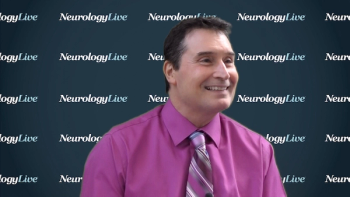
The distinguished professor and director of cell biology at Missouri State University discussed the use of nVNS in migraine treatment and whether or not it can replace the use of or be used in conjunction with triptans—a medication on which many patients fail or report poor response on.

The distinguished professor and director of cell biology at Missouri State University discussed the findings of a model of nVNS which suggested it operates through a novel mechanism compared to available migraine therapies.
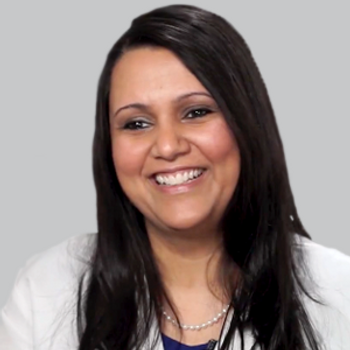
The director of the MedStar Georgetown Headache Center and associate professor of neurology at MedStar Georgetown University Hospital discussed the ongoing efforts in drug development and what the ideal future may hold for migraine medicine.
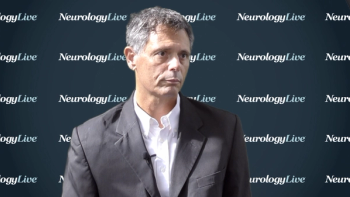
The CEO and co-founder of Theranica discussed the migraine treatment device’s mechanism of action and its successes in reducing medication overuse headache.

After its recent FDA clearance, the smartphone-controlled Nerivio Migra makes its entrance into the market in the fall. Theranica’s CEO and co-founder spoke to its clinical efficacy and advantages for patients and physicians.
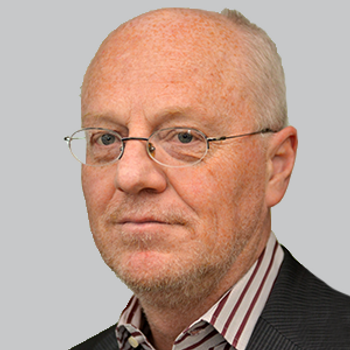
The use of single-pulse transcranial magnetic stimulation, while already FDA-approved for acute and preventive migraine treatment, has shown that it can be effective in reducing the need for acute headache medications in patients with migraine.
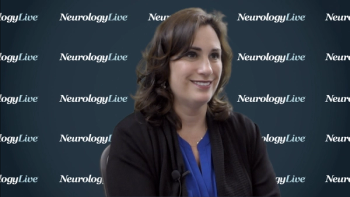
The clinical professor of neurology at Albert Einstein College of Medicine spoke to the findings of the OVERCOME study, and how recent literature has suggested that improper prescriptions and medication use in migraine have been ongoing in spite of the current recommendations.
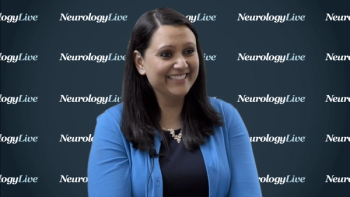
The director of the MedStar Georgetown Headache Center discussed the barriers to patient and clinician education in migraine and the gap in available interventions for the diverse patient population.
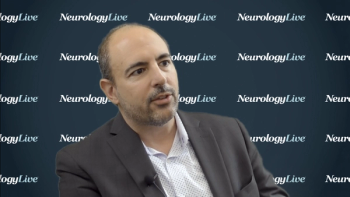
The chief medical officer of electroCore discussed the various data which have been published on the use of noninvasive vagus nerve stimulation in different populations of patients with migraine and headache.

The director of headache medicine and chief of general neurology at Yale Medicine discussed the long-term success the new preventive migraine therapies have shown thus far, and how the lack of safety concerns will improve how they’re utilized.
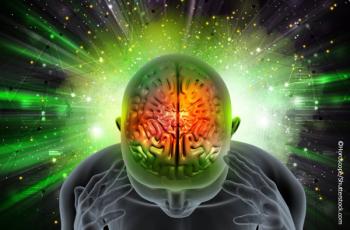
Epidemiology studies are useful to clinicians because they highlight diagnosis and prescribing patterns, common trends within a disease, and unmet needs.

The clinical professor of neurology at Albert Einstein College of Medicine discussed the referral process for patients with migraine and which patients may be too complex for the limited time primary care physicians have.
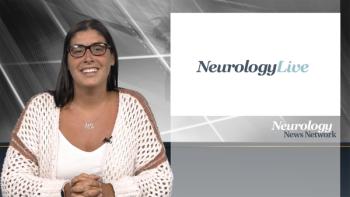
This week’s edition features highlights from NeurologyLive’s coverage of the American Headache Society’s annual scientific meeting.
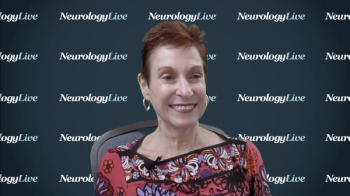
The professor of neurology, neurotherapeutics, and ophthalmology at UT Southwestern discussed the need to better coordinate care between providers when telemedicine is being utilized in headache and migraine care.

The director of the Headache Center of Southern California shared insight into the success of ubrogepant in patients who failed on triptans, and how the future of migraine treatment may need to focus on combination approaches.

The director of the MedStar Georgetown Headache Center spoke about the higher-than-desired rates of opioid prescriptions for patients with migraine, and how new treatment options and provider education can help lower those numbers.

At the recent American Headache Society meeting, researchers detailed the manifold risks of opioid use in patients with migraine.
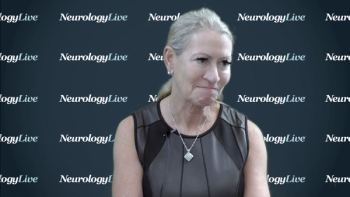
The director of the Orange County Migraine and Headache Center spoke about the adherence issues in acute migraine treatment and how the safety profile of investigational medications such as rimegepant and ubrogepant suggests they may be able to address them.

Lead author Elizabeth K. Seng, PhD, shared insight into the findings of an exploration of the use of mindfulness-based cognitive therapy to reduce the impact of migraine on patients, as measured by Migraine Disability Assessment, as well as Headache Disability Inventory scores.
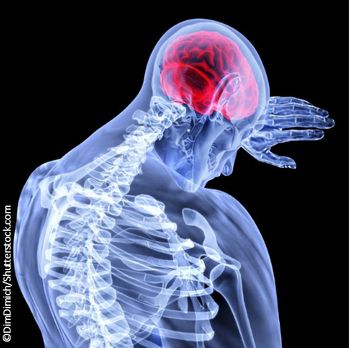
The latest advances in diagnosis and treatment are discussed in meeting presentations and recent studies and reviews.

Investigators found that participants struggled to adhere to the treatment protocol, which required them to administer 3 treatments per day.

The director of headache medicine and chief of general neurology at Yale Medicine spoke about the significance of having CGRP inhibitors in migraine treatment, and how eptinezumab fits into the treatment landscape.

No differences were observed in the magnitude of ubrogepant treatment effect between defined triptan subgroups.

The clinical professor of neurology at Albert Einstein College of Medicine spoke about the trends revealed by the OVERCOME study, and how this data can be used to improve the management of the millions of patients with migraine in the US.
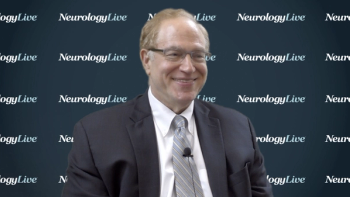
The director of the Montefiore Headache Center and professor of neurology at Albert Einstein College of Medicine spoke about the results of an analysis of eptinezumab’s effect on the severity of migraine and its impact on patients’ lives.

Atogepant significantly reduced mean monthly migraine days compared to placebo across a number of doses and was generally well-tolerated, with no treatment-related serious adverse events.

Real-world data of erenumab indicates that a large number of patients are the chronic migraine population, and there is a high rate of persistence to the anti-CGRP therapy. The most commonly prescribed dose of erenumab was 70 mg.

Patients with migraine who reported both moderate and severe pain intensity during headache attacks experienced high rates of relief and freedom from pain and their most bothersome symptom when treated with 3-mg sumatriptan injection, DFN-11.

An analysis of the open-label PREVAIL trial demonstrated a magnitude of therapeutic effect for eptinezumab that was either maintained or improved with subsequent infusions.